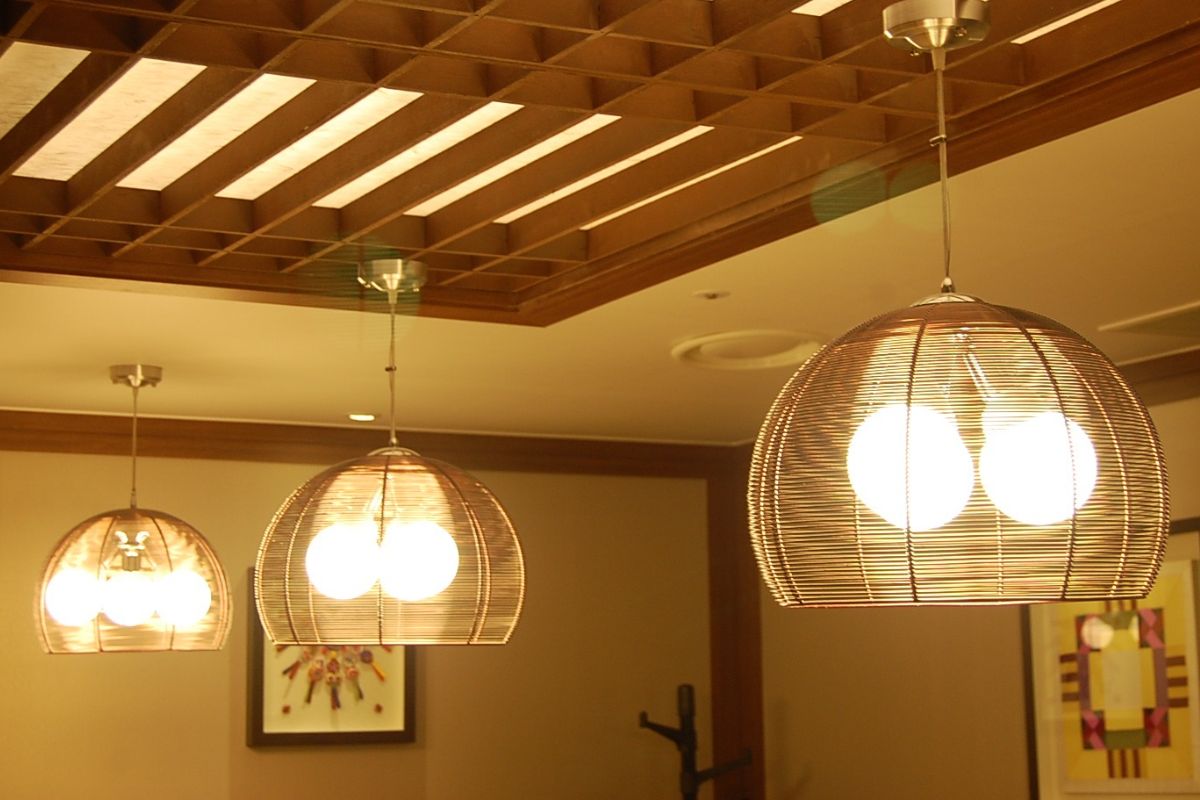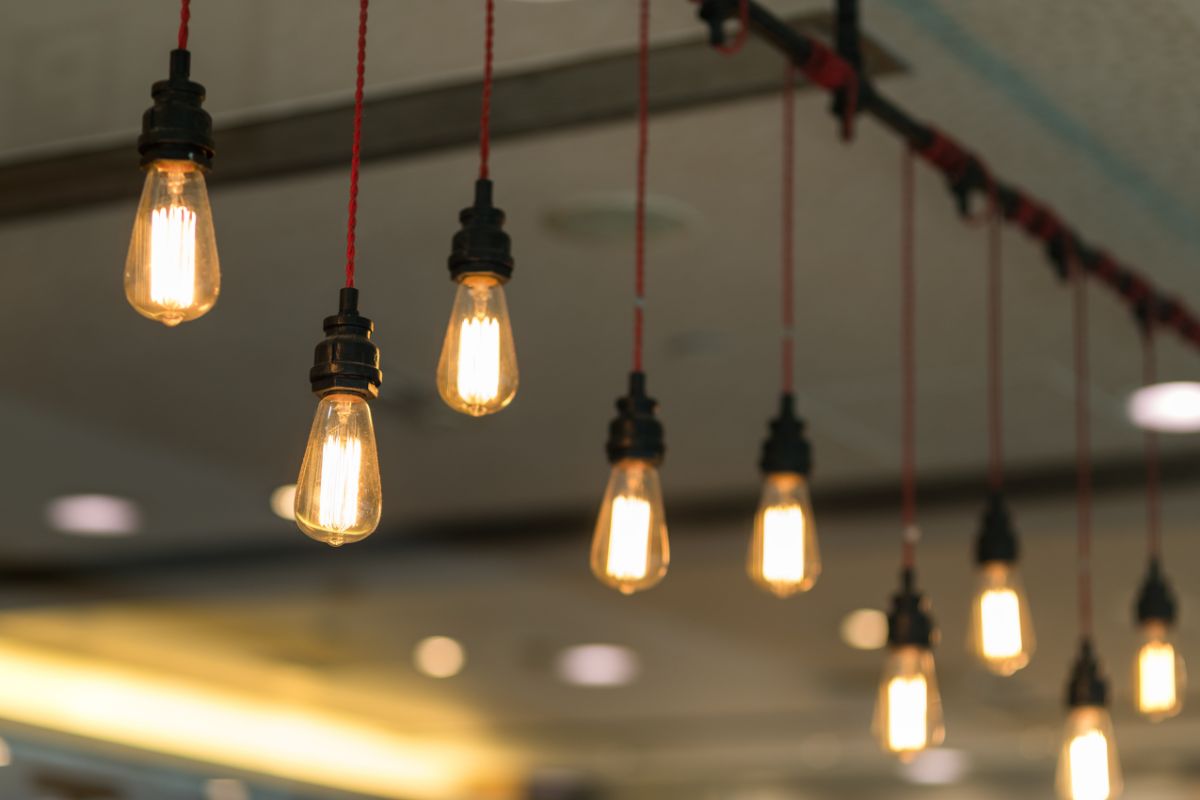You’ve no doubt heard all about how inverter generators are much better than traditional generators, but is this really true, and what does “better” actually mean… better how?

Well, for a truly comprehensive answer, you and I would both need a degree in electrical engineering, but something tells me you’re looking for more efficient results.
Thankfully, we don’t need to get into the nitty gritty all that much, as it’s the result of all the complex technology at work that we’re interested in, which is actually pretty easy to glean.
So, without further ado, let’s put inverter generators under the microscope and establish how they differ from standard generators.
Inverter Generators: A Quick Definition
In a nutshell, an inverter generator is any generator with integrated inverter technology that cleans up the power generated so it doesn’t pose a risk to sensitive electronics.
Standard generators have no such technology, meaning the power remains “dirty”, which is a simple way of saying that it’s inconsistent.
So, let’s say that you wanted to use a generator to power your laptop; if you used a standard generator, you’d likely experience a lot of operational issues such as flawed computer memory.
Sometimes these power fluctuations may even permanently damage something like a laptop.
But if you use an inverter generator instead, the power is cleaned up before it reaches the device, thus facilitating pristine operations and preventing damage.
How Do Inverter Generators Pull This Off?
The power cleaning process of inverter generators involves the conversion of AC current to DC current and then back again.
The energy they generate starts out as regular old dirty power, but instead of being funneled directly to the control panel as it is in standard generators, it’s passed to a rectifier.
It’s the rectifier’s job to convert this dirty AC signal into a clean DC signal before passing it on to a little computer that returns it to its original AC format but with all the kinks ironed out.
The refined signal is then sent to the control panel for use.
In more technical terms, the inversion process has reduced the THD (total harmonic distortion) of the signal. This isn’t always necessary, but if you plan on powering any sensitive electronics with a generator, it’s absolutely crucial.
What Is Total Harmonic Distortion?
THD refers to the general fluctuations of power in an electrical signal, i.e. sudden voltage peaks or dips from the standard 60-hertz baseline. The higher the THD of a signal, the dirtier it is, and the lower the THD of a signal, the cleaner it is.
It’s pretty much impossible to completely eliminate harmonic distortion, but a high quality inversion process can reduce it to a very impressive 6%, or thereabouts.
The Benefits Of Inverter Generators
As established, the primary benefit of inverter generators is that you can use them to safely power sensitive electronics such as laptops, desktops, plasma TVs, and LCD TVs, but this is only scratching the surface of the gains you’ll enjoy when you choose an inverter generator.
Efficiency
One of the best secondary benefits of inverter generators is that they don’t burn through fuel anywhere near as fast as their traditional counterparts, as non-inverters are constantly running at 100% capacity, regardless of load.
Inverter generators, by contrast, are capable of modulating their output to suit the load. For example, if your 2000-watt inverter generator is only powering a couple of lights, it will only burn the fuel needed for the output required.
This enhanced fuel efficiency is better for both the environment and your wallet, but as inverter units are the premium option, upfront costs can be significantly greater than those associated with traditional generators of the same capacity.
Running Volume
Inverter generators are also a darn sight quieter than standard units, often fitted out with noise baffling enclosures.

You can expect most inverter generators to run about 10 DB quieter than an equivalent open-frame generator, which doesn’t sound like much, but it makes a HUGE difference, especially if you need to work near the unit or you’re trying to keep neighbors happy.
Dimensions
As highly efficient units, inverter generators don’t need massive fuel tanks, which, combined with their super streamlined construction, means they’re way more compact than standard generators.
They’re also generally much lighter than standard generators, so if portability is important to you, an inverter generator will certainly satisfy — A great deal of these modern designs weigh less than 40 lbs!
Parallel Capabilities
One of the few drawbacks of inverter generators (aside the scary price tags) is that they’re mostly quite low-powered units; however, their parallel capabilities offset their low specs nicely, but what does this mean?
If a generator is “parallel-ready” or “parallel-enabled”, it means it can be connected to another inverter generator using parallel cables, effectively doubling up your output — Pretty sweet, huh?
However, not all inverter generators are designed to work well as part of a team, and those that are mostly only work with specific models, usually within their brand ecosystem, which limits your options when adding a second unit to your backup power arsenal.
Drawbacks Of Inverter Generators
The only things to be concerned about if you’re thinking about picking up an inverter generator are the higher price tags and the lower outputs… that’s literally it. Inverter generators are superior to non-inverter generators in every other way.
The upfront costs and lower comparative output can make you feel like you’re paying more for less right now, but over time, the savings you make on fuel position inverter generators as the more economical option overall.
Final Thoughts
There you have it — Inverter generators are fitted with a conversion pipeline that takes a dirty AC signal, turns it into a DC signal, then returns it to its original form, albeit in a much cleaner state, meaning it can be used to power sensitive electronics safely.
Not only that, but they’re better for the environment, cheaper to run, far more portable and aesthetically pleasing, and they’re about as quiet as portable power gets!



